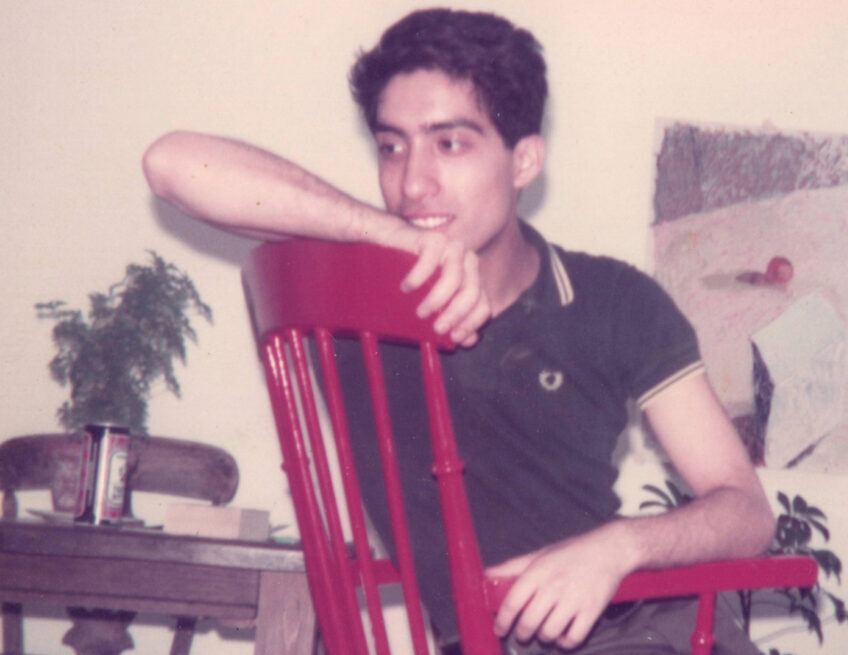Transmission, which was conceived for Butt’s final degree show at Goldsmith’s in 1990, explores the relationship between seeing and knowing, between art and science, between faith and reason, in order to interrogate how ideas and diseases both may spread. Transmission weaves Christian and Islamic iconography, as well as references to religious, spiritual, or hermetic orders of knowledge, such as alchemy.
Transmission, which was conceived for Butt’s final degree show at Goldsmith’s in 1990, explores the relationship between seeing and knowing, between art and science, between faith and reason, in order to interrogate how ideas and diseases both may spread. Transmission weaves Christian and Islamic iconography, as well as references to religious, spiritual, or hermetic orders of knowledge, such as alchemy. The work consists of nine glass books raised on rehals (Qur’an stands) and arranged in a circle on the floor. Books transmit religion and knowledge, yet the title of Butt’s artwork also suggests a blind or hidden exchange. Etched on each glass book is the image of a triffid, a fictional plant that blinds and eats humans. Butt borrowed the image from the cover of John Wyndham’s 1951 novel The Day of the Triffids. As viewers move around the circle, the triffid becomes more and less visible as the glass pages of the book turn. The books are lit by ultraviolet light and are intended to be viewed through protective glasses. As Butt explained: “Ultraviolet light is an invisible light available in all light, and there is invisible knowledge available in all knowledge. The closer you get to it the more dangerous it becomes.” Butt created Transmission in the immediate context of the AIDS epidemic and said of this work: “There was a play with the whole notion of blind faith, in faith in written things, which I was equating with the transmission of disease.” He was also interested in how vision is privileged above other senses. In particular, Butt reflected on the diagnostic gaze that aims to understand and catalogue human disease through external observation.
The Whitechapel exhibition presents Transmission alongside a reconstruction of a portion of the work that was originally exhibited at the 1990 Goldsmiths show but which the artist later destroyed. An extended meditation on the cycles of human history, it comprises a glass-fronted wooden noticeboard within which a colony of bluebottle flies feeds on paper printed with prophetic texts.
Butt’s Familiars installations, presented across Whitechapel’s ground floor gallery, are designed around three toxic elements: bromine (as a liquid), chlorine (as a gas) and iodine (as solid crystals). Familiars 1: Substance Sublimation Unit is a steel ladder made of glass rungs, each filled with an electrical element and crystals of solid iodine. The current ascends the ladder, intermittently heating the rungs, causing the iodine to sublimate into a purple vapour. In Familiars 3: Cradle, named after Newton’s cradle, 18 vacuum-sealed glass spheres are filled with lethal yellow-green chlorine gas. If smashed together, the gas – a respiratory irritant – would be released into the air. In Familiars 2: Hypostasis, three tall, curved metal poles, reminiscent of Islamic arches, contain bromine-filled tubes at the tips. The works are permeated with a sense of danger; all three sculptures are arranged to emphasise the threat posed by toxic chemicals. But these are not just environmental commentaries. Butt’s visually seductive and often poetic artworks compel the viewer to contemplate death and annihilation and, thus, to consider the ever-precarious human condition.
About the Artist
Hamad Butt was born in Lahore, Pakistan in 1962 and moved to East London with his family in 1964. He studied Fine Art at Goldsmiths from 1987 to 1990, alongside many peers now identified with the Young British Artists (YBA) generation. His earliest works, mostly paintings and prints, were shown in exhibitions around London and the UK between 1983 and 1987, at venues including the Brixton Gallery, Walker Art Gallery, South London Gallery, and London Lesbian and Gay Centre. From the late 1980s, Butt developed unprecedented large-scale sculptural installations using toxic or dangerous materials. His later works were exhibited at John Hansard Gallery (Southampton); Tate Gallery (now Tate Britain); Whitechapel Gallery; Milch; Institute of Contemporary Arts (all London); Manchester Art Gallery; and elsewhere. He continued to make works on paper throughout this time. Butt died of AIDS- related complications in London in 1994, aged 32. A book on his work, Familiars, was published posthumously in 1996. His work is in the permanent collections of Tate and the Irish Museum of Modern Art.


